How to Create and Deploy a Lambda Function in AWS: A Complete Guide
Create Lambda Function
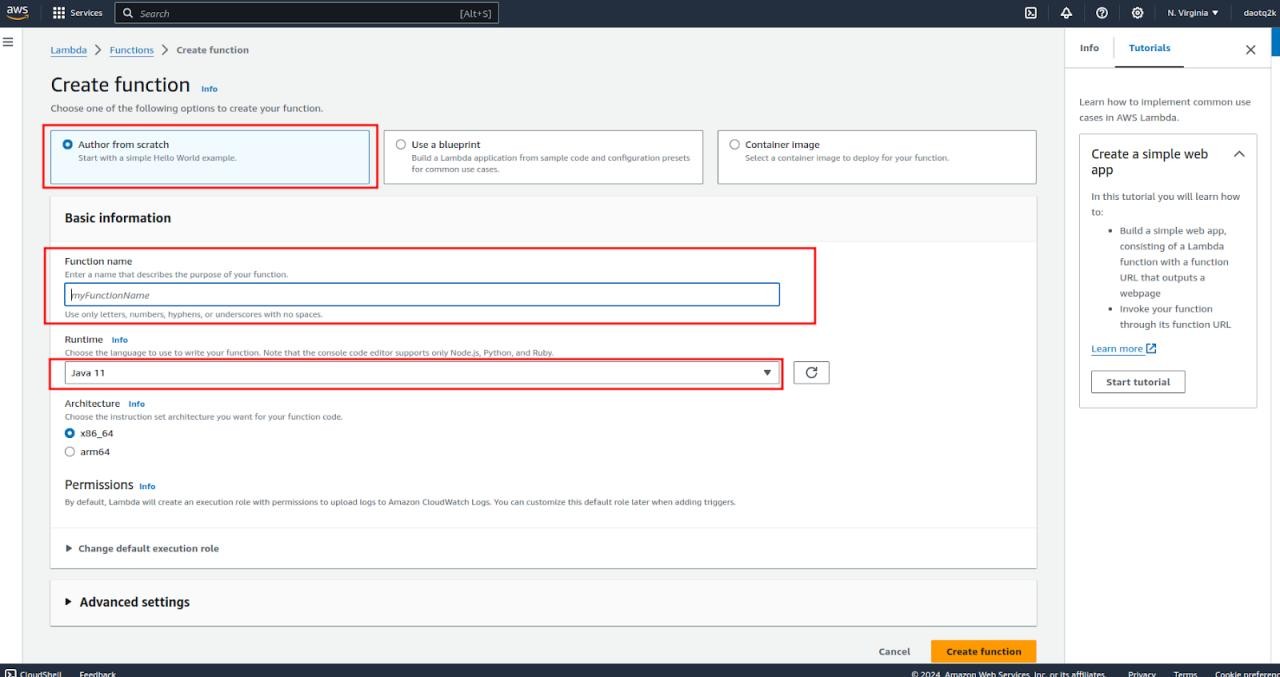
Here are the steps to create a Lambda function using the AWS Management Console:
- Go to https://us-east-1.console.aws.amazon.com/lambda/home?region=us-east-1#/functions and choose Create function
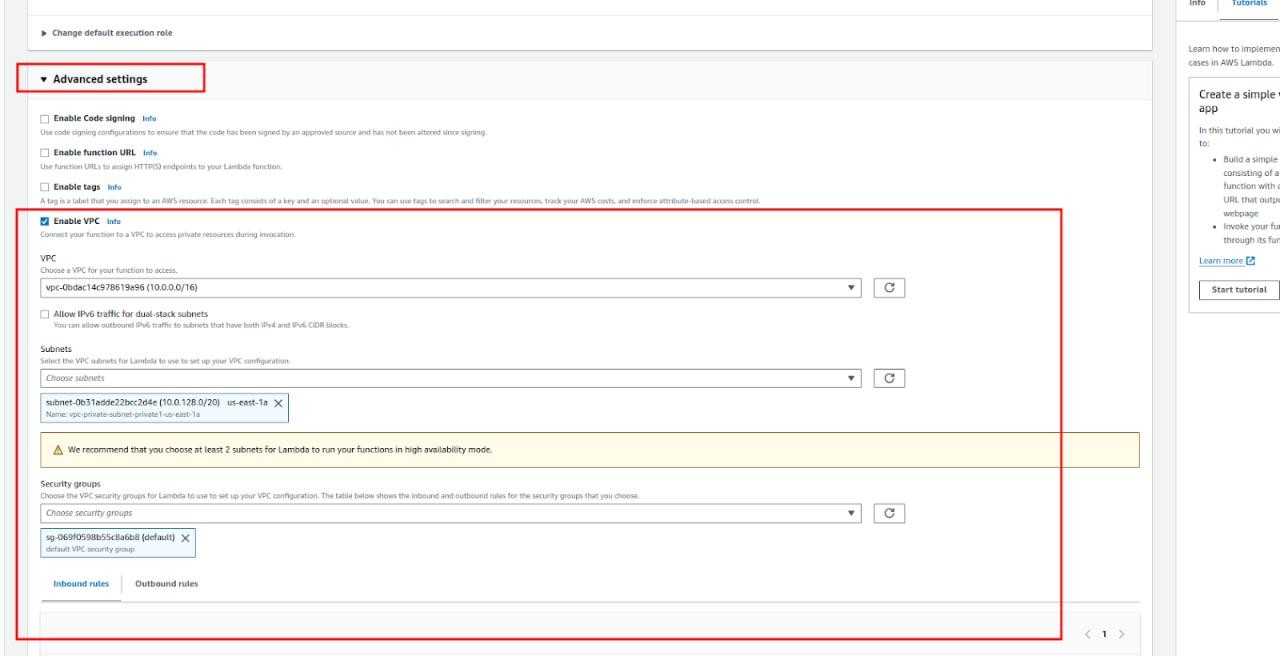
Fill yours function infomation:
- Select: Author from scratch
- Function name: fill your function name. ex: LambdaFetchDataFunction
- Runtime: Java11
- Architecture: arm64
- Advanced settings: Select Enable VPC
- VPC: Choose VPC we are created at step 1
- Subnets: Choose private-subnet
- Security groups: recommend default
After fulfill choose Create function, Similar let continue create 3 functions like image below order: LambdaFetchDataFunction, LambdaDeleteDataFunction, LambdaFetchDataFunction

Config Detail For Each Function
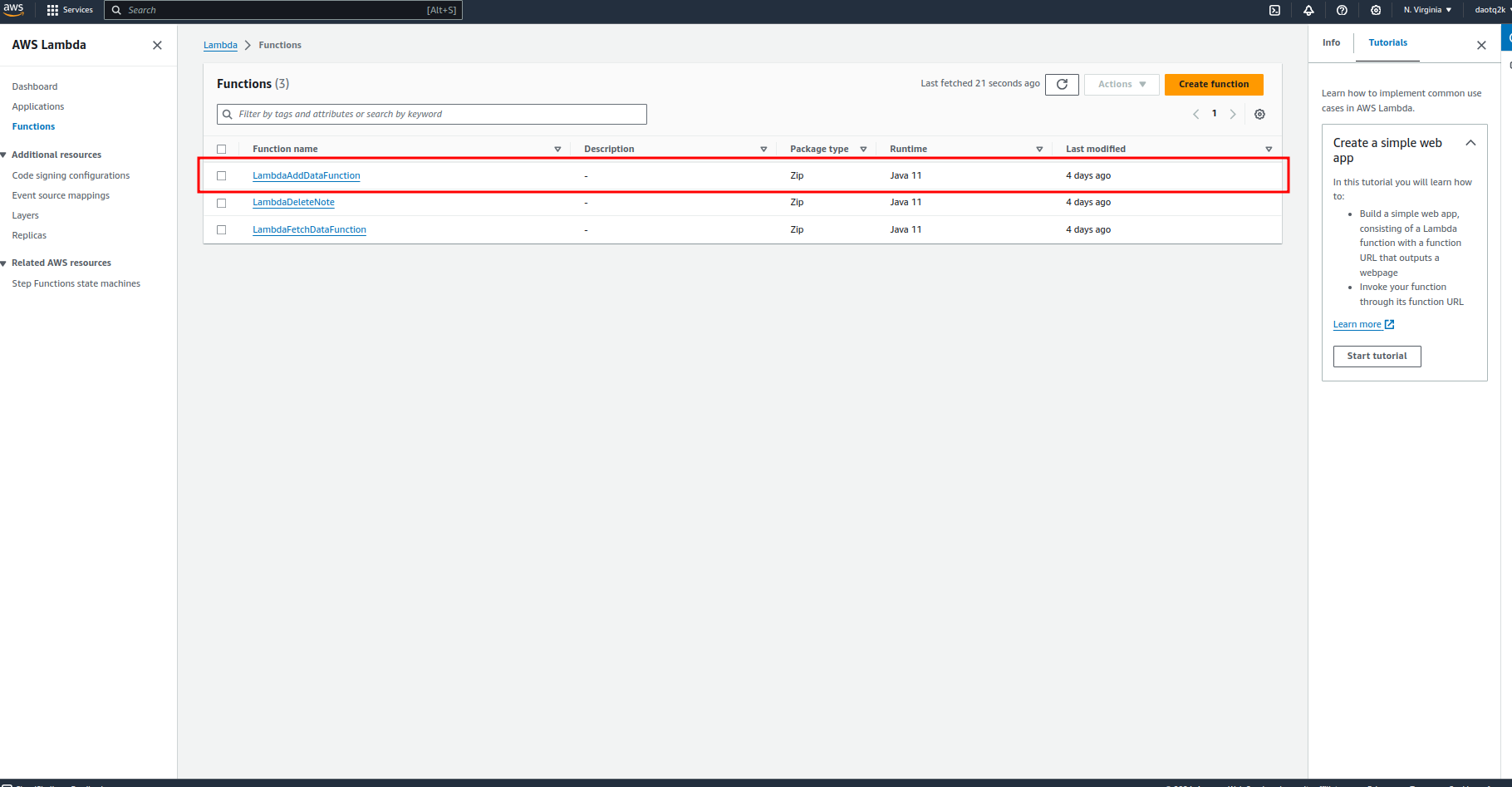
After do that, we have 3 function, now click to LambdaFetchDataFunction
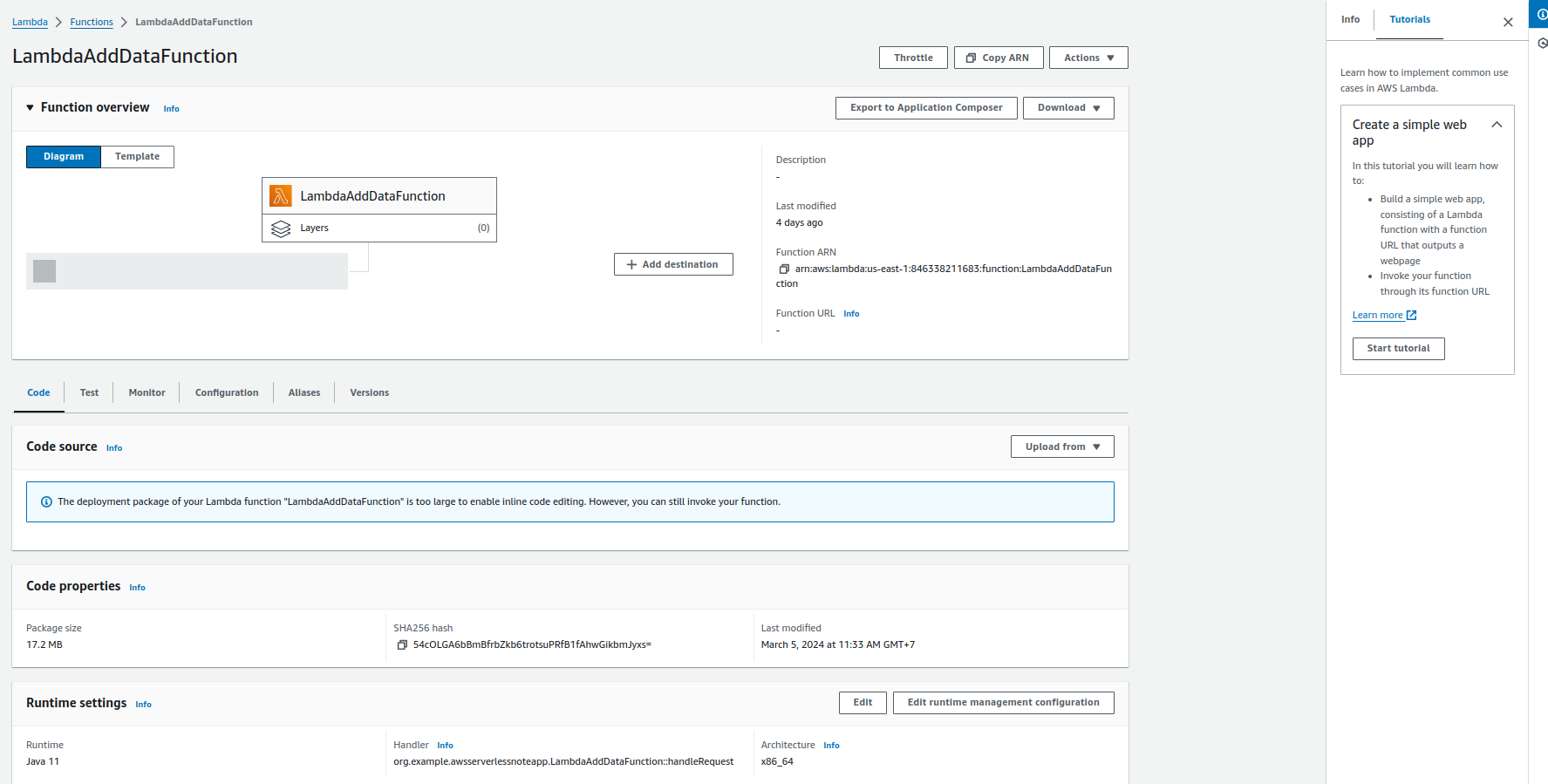 To function working, we need upload code to lambda, click Upload From at Code tab..
To function working, we need upload code to lambda, click Upload From at Code tab..
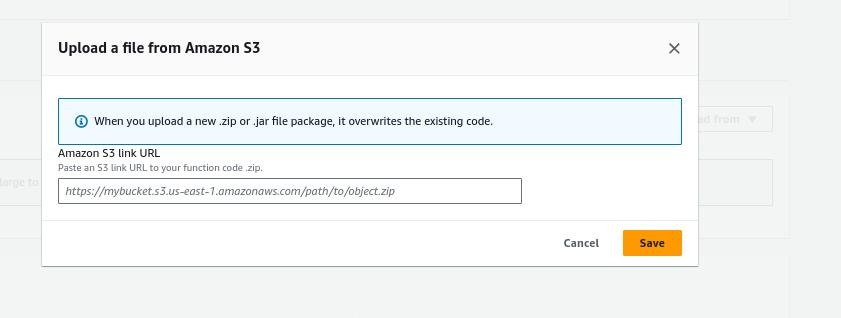
We have 2 choices:
- Upload the file directly .jar file, that we have built mvn clean package at step 3
- Upload via S3 console and get a public URI and fill that
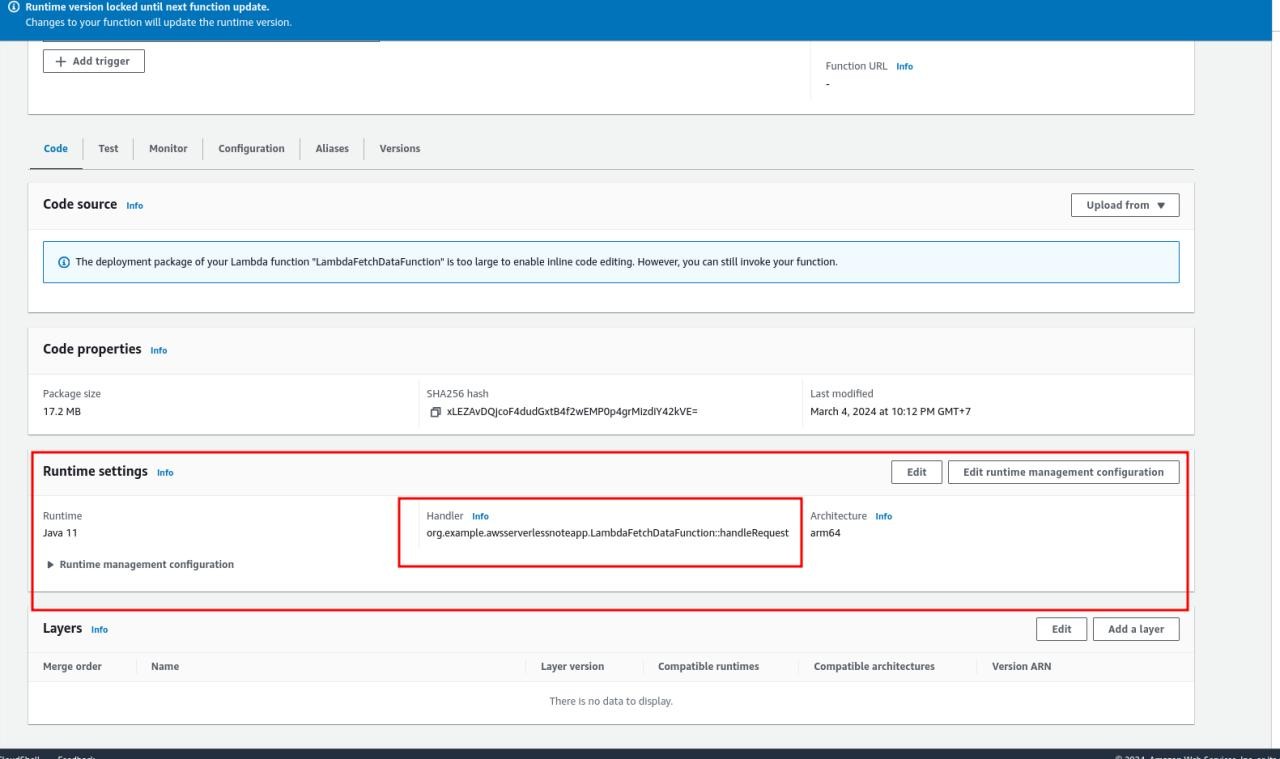
Next, we have to config runtime environment to lambda can execute correct function, Click Edit

Patse Handle is: org.example.awsserverlessnoteapp.LambdaFetchDataFunction::handleRequest
 Now, let’s inspect our source code. We have a class name LambdaFetchDataFunction, The class LambdaFetchDataFunction under package: org.example.awsserverlessnoteapp. The class LambdaFetchDataFunction has function handleRequest, that execute fetch data from DynamoDB
Now, let’s inspect our source code. We have a class name LambdaFetchDataFunction, The class LambdaFetchDataFunction under package: org.example.awsserverlessnoteapp. The class LambdaFetchDataFunction has function handleRequest, that execute fetch data from DynamoDB

Next we will click on the Configuration tab, click to Environment variables, we can configure multiple values here.
- General configuration
- Triggers
- Permissions
- Destinations
- Function URL
- Environment variables
- Tags
- VPC
- Monitoring and operations tools
- Concurrency
- Asynchronous invocation
- Code signing
- RDS databases
- File systems
- State machines
Let’s click Edit and add 2 environment variables to it.
Key: AWS_DYNAMO_TABLE_NAME_VALUE, Value: note_tbl
Key: AWS_REGION_VALUE, Value: us-east-1
Similarly, set up the lambda function LambdaAddDataFunction,LambdaDeleteDataFunction according to the instructions above.
Conclusion:This comprehensive guide will walk you through the process of creating and deploying an AWS Lambda function. AWS Lambda enables you to run code in a serverless environment, eliminating the need for server management. Follow these steps to set up and deploy your Lambda function efficiently.